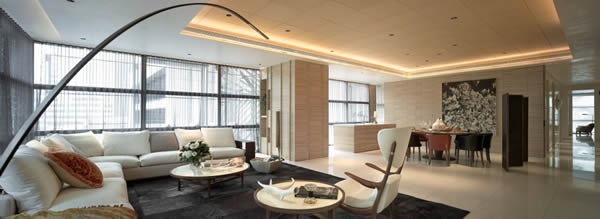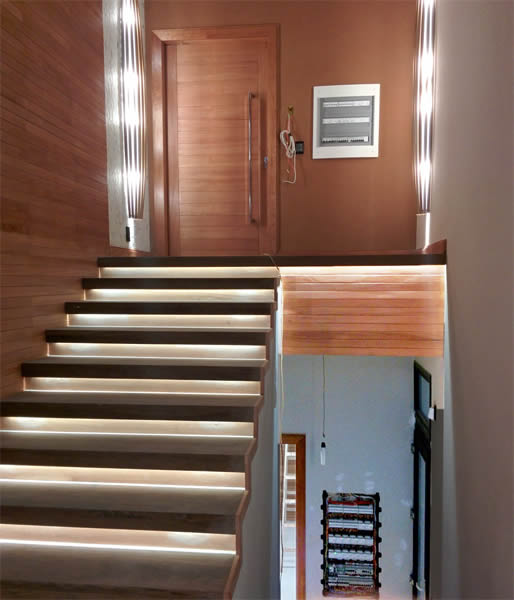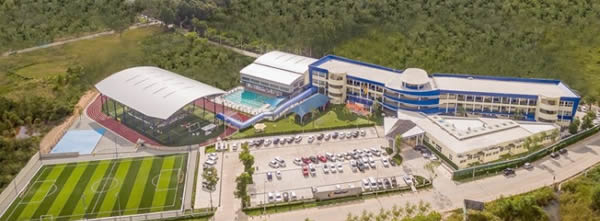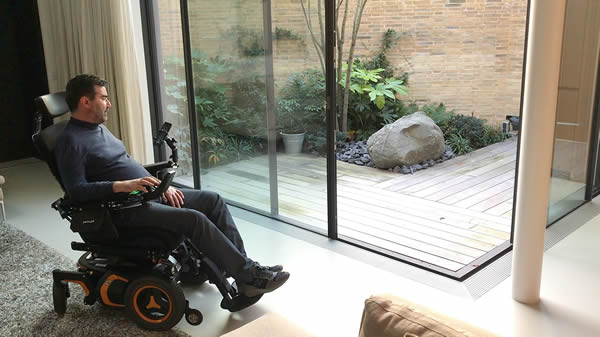 By Mark Warburton, Ivory Egg.
By Mark Warburton, Ivory Egg.
When it comes to the built environment, it’s a big old world out there. Every town or city has myriad different buildings designed for countless different uses. Some buildings are even completely repurposed to fulfil a current market need – office buildings being converted to flats is a great example – and as disruptive technology continues to change the way we live and work, it is fair to expect even more buildings to evolve over their lifetimes.

Obviously, given its ability to control any aspect of a building, KNX provides the perfect solution for any building, and is as comfortable in single-dwelling homes as large commercial buildings. The much bigger challenge is for an integrator to evolve their business from one sector to another, which can entail changing the way a project is delivered, the types of product used or even the payment terms.
Residential to commercial
If you have experience working in residential homes, you are probably used to working with a complex range of products, particularly if you often take control of everything in the building. This complexity is where most integrators thrive, and it’s certainly a key strength of KNX, as you can easily find a solution to whatever problem is posed by the client. Whilst this problem-solving mentality can also be extremely useful on commercial projects, it may be necessary to change to a far more regimented and structured approach.

When you start dealing with bigger systems with a large number of products and more complex KNX topologies, getting the initial scope correct is crucial, as even a minor change can have a massive impact on your ability to deliver the project. Being absolutely clear on what your remit is, and sticking to this, will ensure you can successfully deliver the project. Preventing scope creep and undocumented changes is one of the main challenges, especially when you have had to tighten the margins and pricing to win the work in a competitive environment.
Generally speaking, residential projects are managed directly with the end client, often without complex contracts and payments terms. Being able to navigate this world is a big part of moving from residential projects to commercial ones. One obvious change is the requirement to fund the project, as few commercial companies will accept proforma terms for the purchase of equipment. And if you are planning offsite commissioning works and haven’t agreed offsite inspections or handovers, then you could be looking at paying for product many months before you can claim payment. The impact this has on cash flow must be understood, especially if you have multiple projects happening simultaneously.

You may also need to evolve the product set that you are using and potentially learn about new technologies and control philosophies. The recently-updated KNX Advanced course
This may all sound daunting, and it certainly would be if you jump from delivering a five-bedroom home project straight to a tower building or airport. But there are a lot of smaller commercial projects that are accessible to residential integrators. It could be a local doctor’s surgery or private hospital, offices for an expanding local company or your children’s school.

Commercial to residential
Moving the other way can be just as fraught with complexities. Homeowners are looking for a very personalised solution and relationship, which can be a big change from working with building engineers and specifiers. You can certainly add a lot in terms of documentation and planning, but make sure to leave time to work with the clients to adjust the system and programming to meet their needs as the project evolves. Bringing a more commercial attitude to the completion of the project is a major benefit but, frustratingly, this can actually create more friction with the end user, so it is important to be clear about how the project will be delivered and your approach to variations and project changes.

The time it takes for decisions to be made can also be a real shock, especially when it comes to the design and finish of keypads. Being able to offer a wide range of styles is important, and it may mean jumping from supplier to supplier to find the right solution. This is also true for the technical requirements, which are often far more complicated than in a commercial building, as you are more likely to bring everything under your remit instead of working with other providers from the BMS or lighting control. An easy solution to this is to work with a KNX distributor instead of direct with a manufacturer. They will be able to offer a wider range of designs and have access to numerous technical solutions instead of just having a single product set.

One real benefit is that the customer will be much more willing to accept terms requiring payment up front, and projects can happen a lot quicker, which can be a massive boost when you are waiting for the next large commercial project to get started. Just keep in mind that the customer will expect an ongoing relationship, which can become a challenge when you are trying to get an airport to work! Having a support department, or even introducing them to a local, smaller integrator for ongoing support, will ensure you keep everyone happy.
Conclusion
Making the leap from one type of project to another can bring major benefits to your business. It might be something you do during a slow down or delays to planned projects, or the next step in your growth and expansion plans. By having a range of projects, of different sizes and in different sectors means that you can maintain a high level of work without facing the risks of a market downturn affecting your business. And by using KNX as your preferred solution, you can work on all types of projects with the same tools and system designs, thus reducing the complexity and overhead. Maybe the built environment isn’t such a big world after all… not when it’s a KNX world that is.
Mark Warburton is the Technical Director of Ivory Egg (UK) Ltd, a supplier of leading KNX products and provider of KNX training courses.














